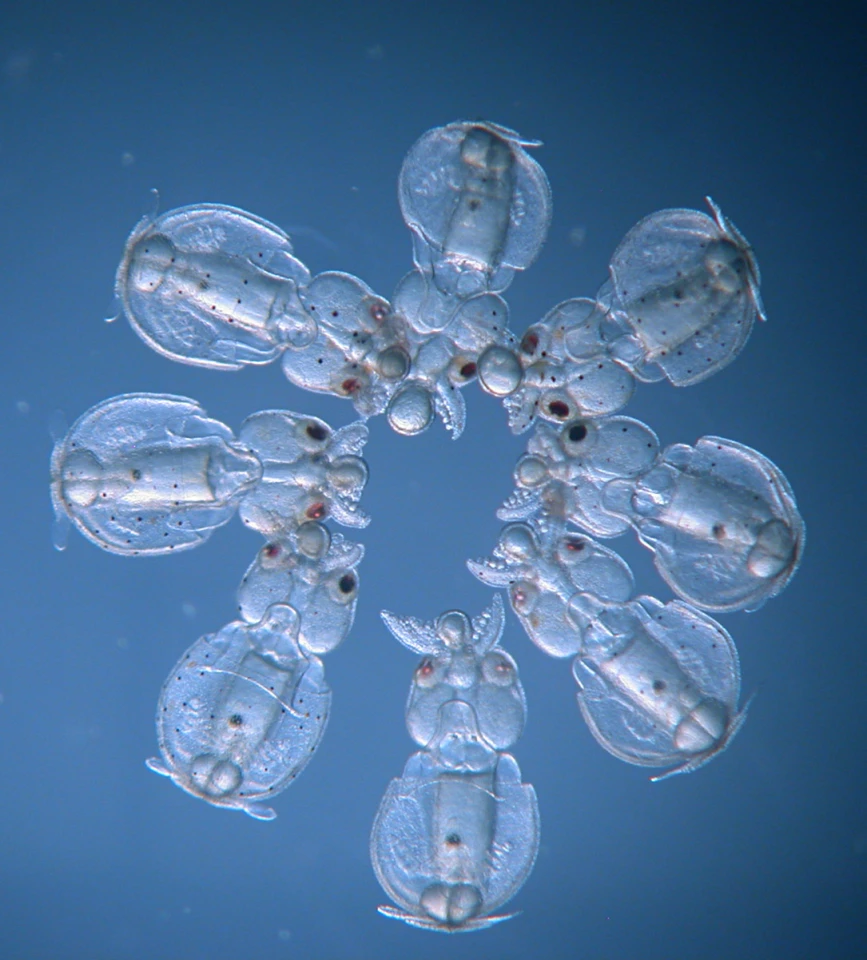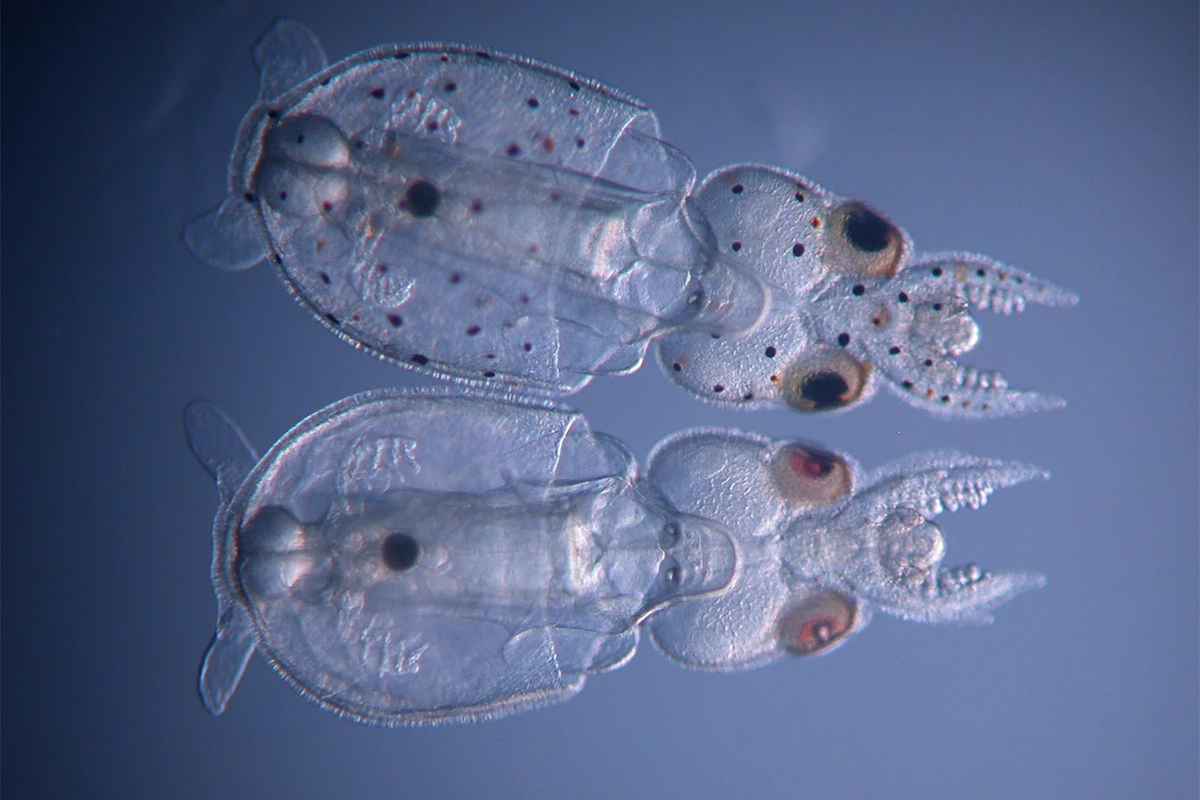Researchers from the University of Chicago’s Marine Biological Laboratory have, for the first time, successfully gene edited a cephalopod. Using CRISPR-Cas9 technology, the research breakthrough will now allow scientists to conduct novel investigations into medical, robotic, and materials innovations.
For over a century the squid species Doryteuthis pealeii has been a valuable model organism for scientists. Alan Hodgkin and Andrew Huxley’s Nobel-prize-winning work with these cephalopods in the 1940s and 50s led to a foundational discovery in the field of neurobiology, while other research into the squid’s unique ability to turn transparent is offering incredible promise for new camouflage technology.
In a landmark new study, published in the journal Current Biology, researchers describe the first successful gene knockout in Doryteuthis pealeii. To investigate the efficacy of CRISPR gene editing in this organism the researchers tested blocking a single gene known to be related to pigmentation.
The successful results revealed gene-edited specimens exhibited up to 90 percent less skin cell spotting. The degree of pigmentation reduction in the final specimens was directly related to the timing of the CRISPR delivery during embryo development.

"This is something that honestly, if you asked me five years ago if we'd be able to do, I would have just giggled and said, 'I dream of it.' But, you know, I didn't think it would be possible. And yet here we are," said Carrie Albertin, one of the researchers, in an interview with NPR.
As well as proving for the first time that the CRISPR gene editing process works effectively in cephalopods, the researchers also demonstrated several innovative methods to deliver the CRISPR system into the squid embryo. The embryo’s notoriously tough outer layer required special micro-scissors to penetrate, and a beveled quartz needle for insertion.
The breakthrough is not specifically geared towards developing Doryteuthis pealeii into a model organism for future general research as this particular species is too physically large and impractical for that outcome. However, it's hoped the method demonstrated by the researchers can be replicated in Euprymna berryi, a smaller squid species much more useful in genetic research scenarios.
“The ability to knockout genes in squid will enable us to ask new questions,” the researchers write in the conclusion to their newly published study. “Some examples include the following: how does the cephalopod brain encode complex behaviors in comparison to the vertebrate brain? How is camouflage produced structurally and controlled by the brain? And what controls development of the unique cephalopod body plan? This study provides a way forward to investigate these questions, and many others.”
The new study was published in the journal Current Biology.
Source: University of Chicago





